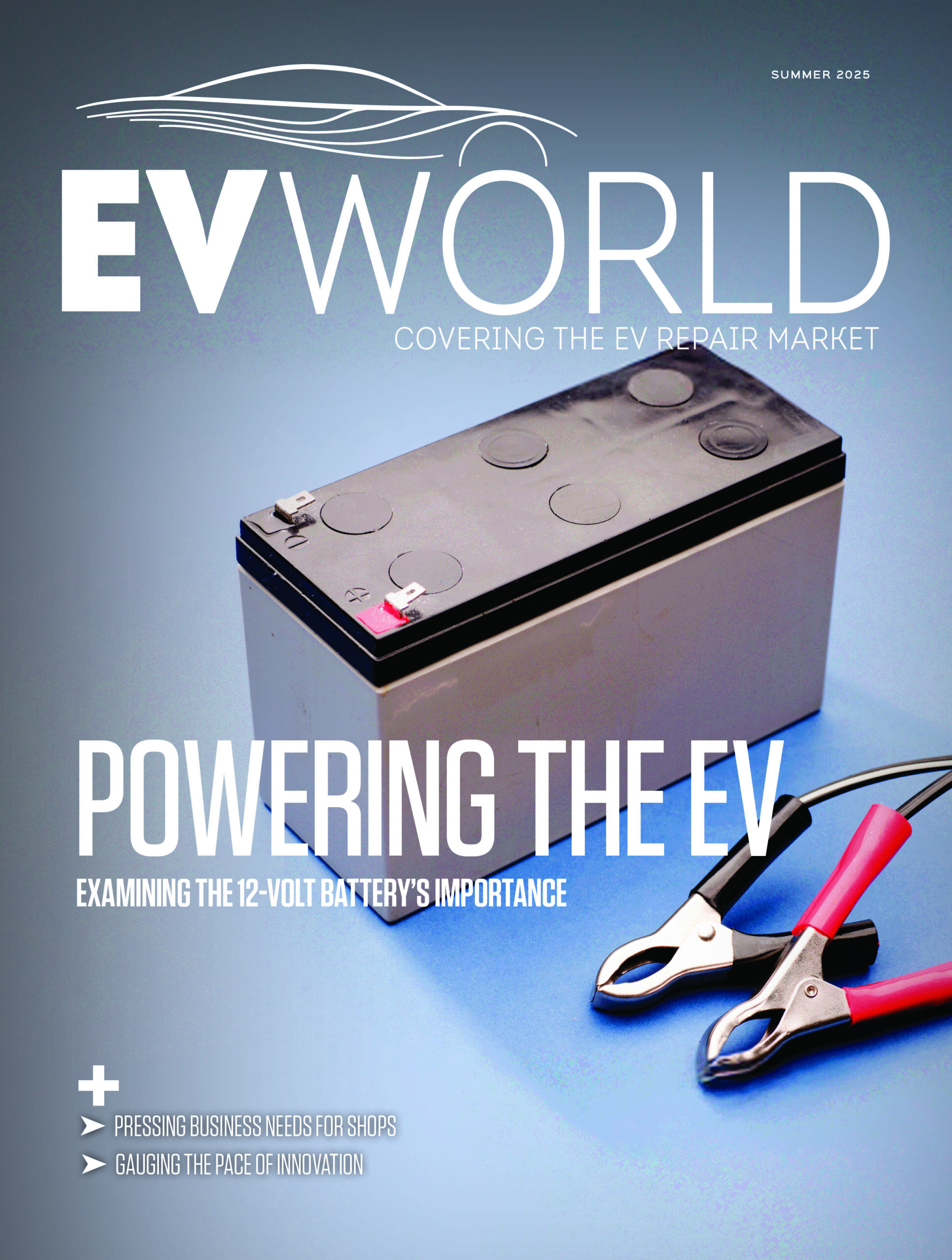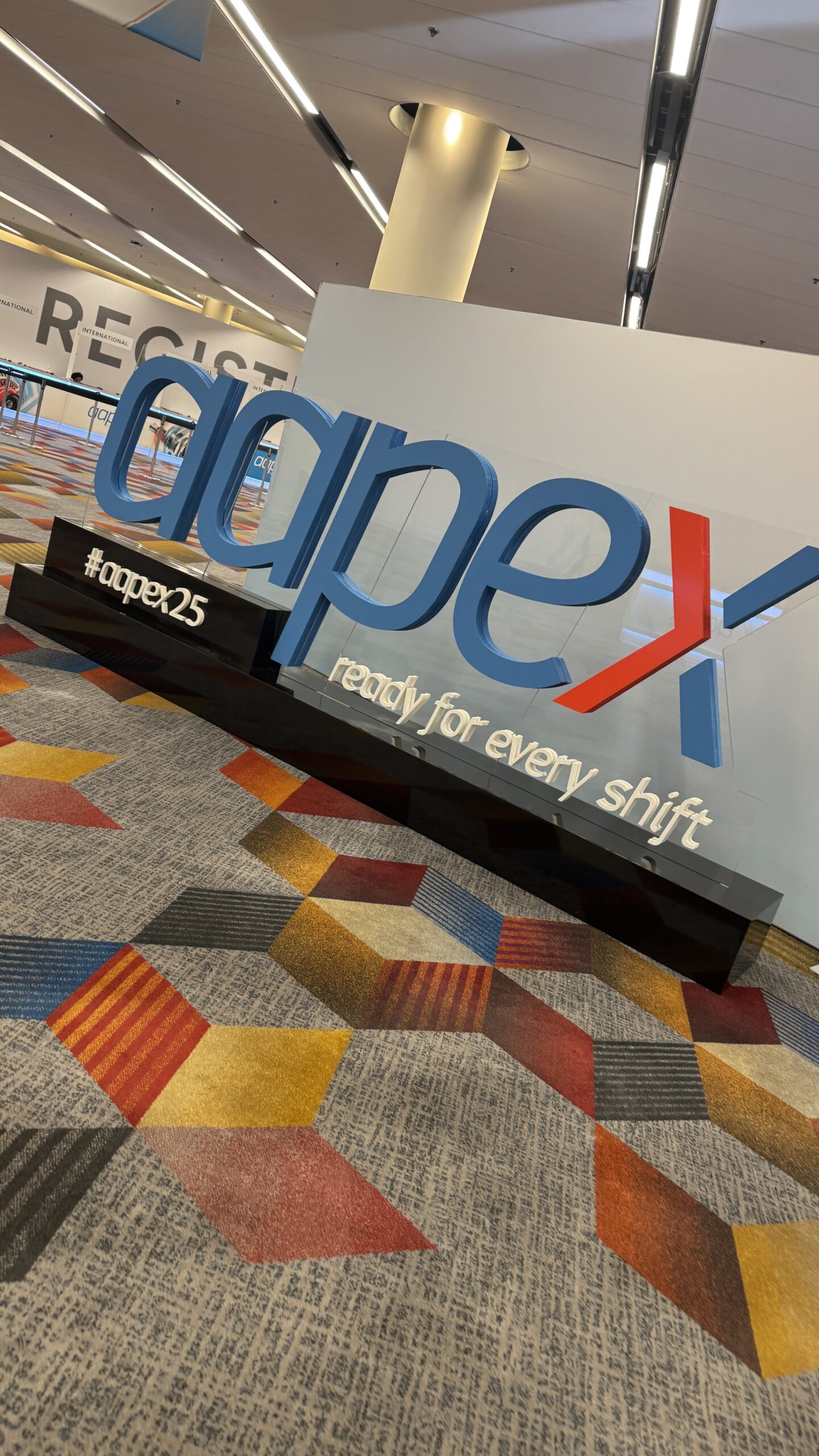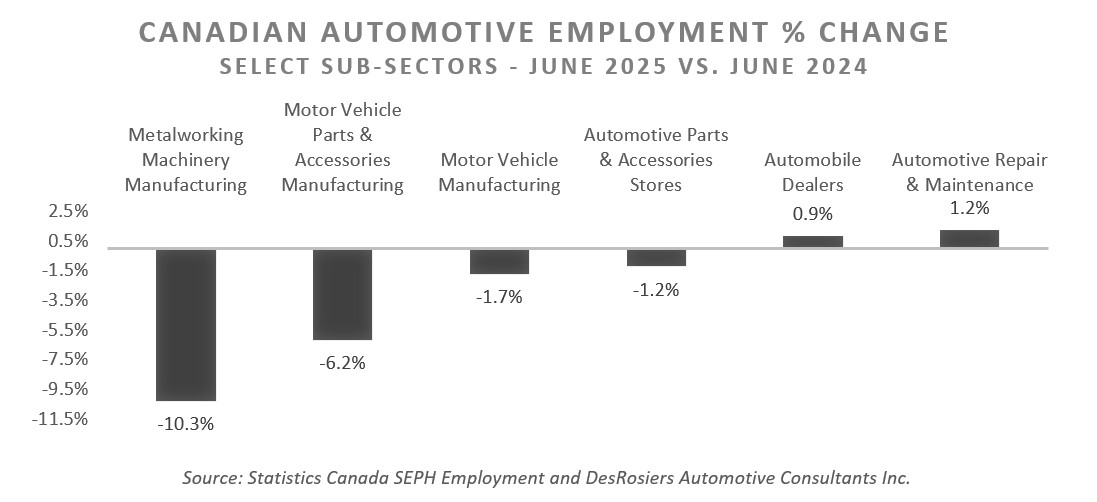
The way you approach your communications with staff will go a long way in making sure they stay with you instead of leaving your shop in the dust, said a shop coach.
In an industry where skilled technicians are increasingly hard to come by, keeping your best staff has become more crucial than ever, said Rick White, president of 180 Biz, during the 2025 Midwest Auto Care Alliance Hi-Tech Training & Expo in Kansas City. With the automotive repair landscape evolving rapidly, shop owners and managers are facing new challenges in employee retention and productivity.
“How many times a week are your team members being solicited now by your competition to go work for them?” White asked the audience, highlighting the competitive nature of today’s job market. “How many times a week are they getting a DM, a text, an email from somebody else?”
With technicians and advisors having their pick of workplaces, creating a positive and engaging environment has become more important than ever.
White delved into the psychology of workplace interactions, emphasizing how negative feedback and inconsistent management can push valuable employees away.
“How many of you have ever worked at a shop where you got Jekyll and Hyde running the place, and you don’t know who’s showing up?” he asked. “That does not make it a safe place for your team, does it?”
The industry veteran then highlighted a common pitfall in addressing performance issues.
“Let’s say we have a low-hours issue. We have a technician who’s not producing hours. We immediately, in our head, start blaming the technician,” he explained.
However, White pointed out that this knee-jerk reaction is often misguided. The vast majority of the reasons for low productivity are not because of the technician.
“It’s a shop production issue, it’s a workflow issue, communication, documentation and bottlenecks,” he said.
The danger in this approach, according to White, is that it can lead to a combative relationship between management and staff.
“If I make it a technician issue and I start a corrective action, is it going to feel good, or is it going to feel like an attack?” he asked rhetorically. “It’s going to feel like an attack because I am making the problem his or her identity instead.”
This combative approach can have serious consequences in today’s job market. White painted a vivid picture of the potential outcome: “And guess what? This might be the final straw. And then that night, one of your competitors sends them a text and says, ‘Hey, man, you ready to move?’ And guess what? The answer is ‘yes.’“
“Let’s say we have a low-hours issue. We have a technician who’s not producing hours. We immediately, in our head, start blaming the technician.”
With the current shortage of skilled technicians, losing staff can be a significant setback for auto repair shops.
“I’m finding the average is nine months to two years. I’ve had shops two years looking for technicians that would meet what they need,” White noted.
And it’s cheaper to keep technicians instead of constantly going through the churn of new hires every so often.
So what’s the solution? White advocated for a fundamental shift in approach — from combative to collaborative.
He suggested a new way of addressing performance issues. If you think the tech is underperforming, let them know — but emphasize that it’s not the ‘them’ issue but an ‘us’ issue.
“We have holes in our productivity bucket and I don’t I can’t see them — but I know you can,” he suggested as a way to deliver the message
White then emphasized the power of asking for help.
“The most powerful words you will ever use with another team member is, ‘I need your help,” White said. Ask them to work together with you to figure out where the leaks are and bring them into the light.
This collaborative approach, according to White, can transform the dynamic of the workplace. “What have I done? I have gone from being combative to being collaborative,” he said. “Does that change the dynamic? Does that make them more engaged or less engaged? Is it still corrective?”













Leave a Reply